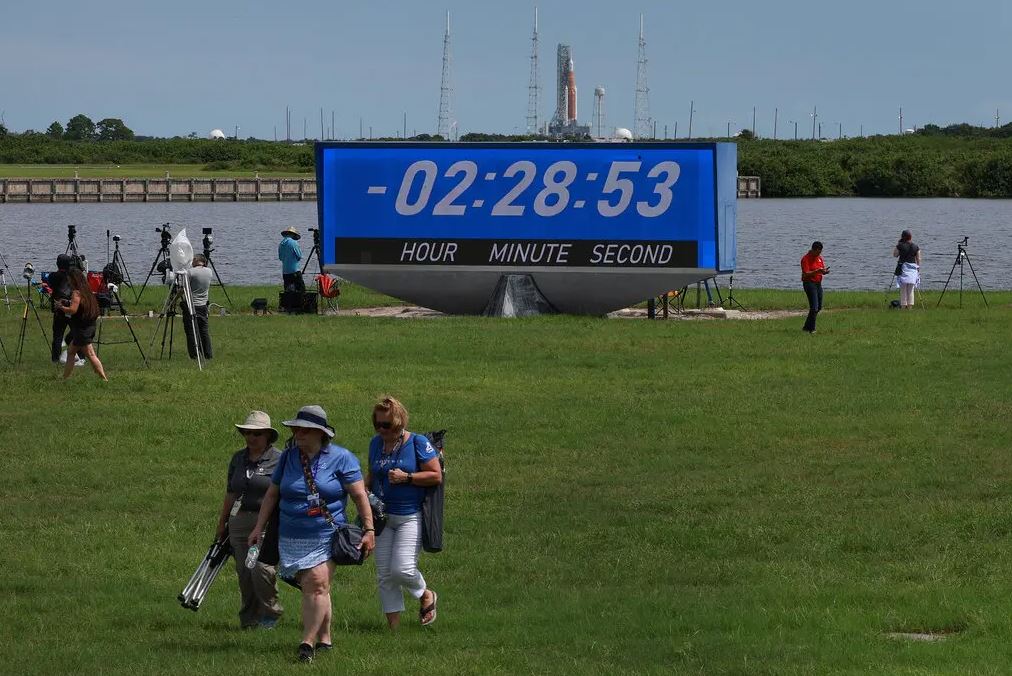Saturday was the second time in a week that NASA authorities cancelled the test launch of a rocket that will one day transport men to the moon. It was another setback for a flagship national spaceflight programme, but NASA officials were optimistic that it would be transitory.
Top NASA officials stood by their decision to cancel Saturday’s launch and indicated they were willing to wait longer, maybe attempting again later this month or in October, after the reason of a hydrogen leak is determined.
The latest NASA rocket, albeit 322 feet tall, is not literally too large to fail. But in terms of the vehicle’s significance to the space agency’s goals for the moon, it may be.
NASA has already spent over $40 billion on the development of the Space Launch System rocket and the Orion spacecraft. The initiative is years behind schedule and over budget by billions of dollars. And it has been criticised by proponents of a more commercial approach to spaceflight, who argue that businesses like as Elon Musk’s SpaceX provide the most cost-effective and efficient means of advancing human space travel.
Because NASA has so much invested in this one rocket, a catastrophic failure would delay the moon mission by years and maybe cause its worth to be questioned.
The landings on the moon fifty years ago were part of NASA’s Apollo programme. The latest endeavour to return to the moon has been called Artemis.
The aborted launch is for Artemis I, a weeklong, uncrewed mission to test the rocket and capsule that future humans would ride. The next Artemis mission, slated for 2024, will carry people, and the third Artemis mission will land astronauts near the south pole of the moon.
Saturday, as the countdown clock approached launch, a hydrogen leak was noticed at a connection along the rocket’s hydrogen fuel line.
The concentrations for this massive leak, as indicated by Mr. Sarafin, were two to three times the 4 percent limit. Charlie Blackwell-Thompson, the launch director, cancelled the launch attempt at 11:17 a.m. Eastern time after three unsuccessful efforts to stop the leak.
Mission managers determined that the gasket would need to be replaced, and engineers are debating whether it would be preferable to perform the replacement at the launchpad, where they could then run liquid hydrogen through the line to ensure the repair was successful, or to first roll the rocket back to the Vehicle Assembly Building. It would be simpler to do the repairs there, but engineers could not test the liquid hydrogen line until the rocket returned to the launchpad.
While Ms. Garver acknowledged that the launch crews did the right thing by cancelling both launches, she questioned the architecture of the Space Launch System, which employs the same engines and solid rocket boosters as the space shuttles — equipment that goes back more than half a century.
The incident then repeated itself this morning, when Mr. Anderson and his 15-year-old daughter signed up for another boat excursion. He described the cleaning as “bittersweet” but admitted that they had started the day with “the same assumptions of ‘probably won’t happen.'”

